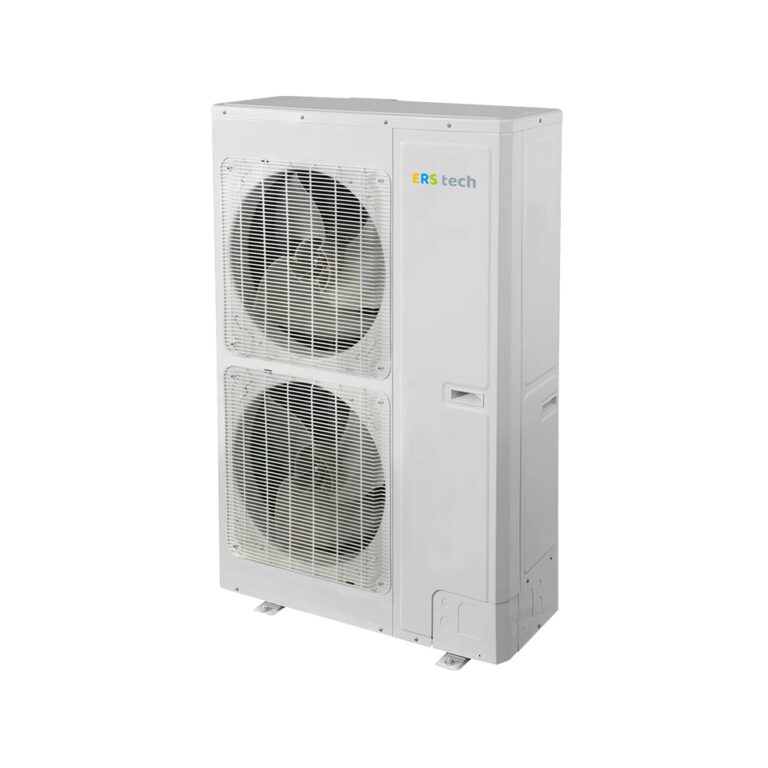How much do you know about VEU?
What is VEU?
Victorian Energy Upgrade (VEU) is getting a brand new identity; the rebate scheme has expanded its horizon to households and big businesses across the Victoria. This means the government’s energy efficiency program will be focusing more on residential lighting upgrades. The accredited providers will be able to replace CFLs to LED lights across Victorian households.
This comes after the Essential Services Commission’s (ESC) declaration at ESC Forum. The reimbursement scheme was first introduced in year 2008 with an ambition to replace energy consuming old globes in households with CFL bulbs. The drive got almost all globes replaced in Victorian households.
Upgrading to more energy-efficient LEDs from CFLs is the next phase of the same scheme.
With the Victorian energy Upgrade program kicking, the residential LED lighting upgrade will be the major focus of the scheme, alongside commercial or workplace upgrades. You can rely on ERS Tech.

Why upgrade to residential LED lights?
LEDs have swayed the conventional lighting industry in a variety of ways - owning to an assortment of reasons – including their long, really long lifespan, reduced energy consumption and very low maintenance.
LEDs essentially took a while to kickoff, largely because of their price, which was higher than what we were used to paying for incandescent and CFL lights. Over the years, as purchase prices of the LED fixtures continues to fall (to make its market footing stronger), more and more households have, and are constantly looking to upgrade their lighting systems with LEDs.
Light fixture in the house are the biggest energy consumers, for a perspective, they are responsible for over 40 percent of the average household energy bills. There is no denying that appliances such as TV, fridge, washing machine etc., also consume generously to the energy bills. Like you have begun to switch to low energy consuming LED TVs and Energy Star rating refrigerators, it’s equally imperative to make LED lights a part of your home.
LEDs, in addition to the acknowledged benefits of long life and less energy consumption also look impressive at home. The LEDs don’t have to look like the traditional light bulbs and companies are ensuring they don’t. LED light comes in various shapes, sizes and forms, leaving homeowners with endless possibilities in which they can use the light solutions at home.
Why should you go forbulb replacement?
Over the last decade or so, LED bulbs have become a gold standard in home lighting sphere, particularly because they are more superior to the halogen bulbs and CFL lights we areaccustomed to.
Halogen are definitely cheaper and easy to find in store, but it has been seen that almost 70 percent of the energy consumed by halogen bulbs is lost as heat. This means, halogen bulbs become extremely hot and give out a faint light.Since halogen lights waste most of their energy in producing heat instead of light, it has been seen that halogen bulbs overheat and cause house fires.
If you have your house stuffed with yellow halogen light bulbs that give only 30 percent light off their capacity, its time you switch to more cost effective, bright white LED halogen bulbs and save on electricity consumption big time.

Things to consider when upgrading to LED lights under VEU
Here is a checklist of what you need to ensure before going in for an LED upgrade:
· Ensure you are eligible for an upgrade under the VEU scheme. The program is only available for Victorian households
· Ensure the person upgrading the lights is accredited person (AP) or representative of the same
· Be sure of the type of lights you want to replace. There are certain lights including halogen lights and CFL light that APs replace for Free
· Be informed that each Victorian household is only eligible for one free upgrade under the VEU scheme

Benefits of using LED lights
In the previous paragraphs, we have touched upon some of the advantages of the LED lights, here are the most important benefits of LED lights in detail:
Low Energy Consumption
Like discussed above, LED fixtures are far more cost-effective and energy-efficient as compared to halogens. The cost of running a bulb is ideally calculated by the number of watts it consumes while it runs continuously for an hour. Where halogen lights can consume anywhere between 35-200 watts per hour, the LED lights can emit the same amount of light consuming only 7-20 watts per hour.
Longer Life span
Most people argue that LEDs have almost 5 times the heads up cost as compared with halogen light. That’s true, but considering longevity and energy savings LEDs offer over their lifetime makes them way more cost effective. Halogen lights have an estimated lifespan of about 1000-2000 hours whereas LED lights generally last up to 50,000 hours – there you can make the difference for yourself.
Better Quality and Light output
Traditional halogen, as informed, generate light by producing heat, adding extra degrees to the room temperature. Sometimes, overheating of these bulbs have been responsible for household fire hazards.LED lights create bright white light sans extra heat, which means they are cool to touch even after long use hours. Additionally, LED lights emit light in one focused direction, which makes these lights ideal for reading or in whereas where task lighting is required.





